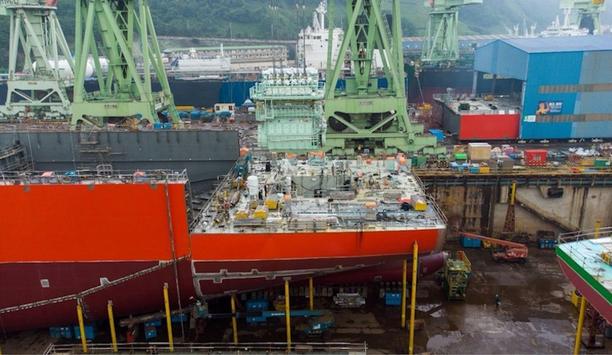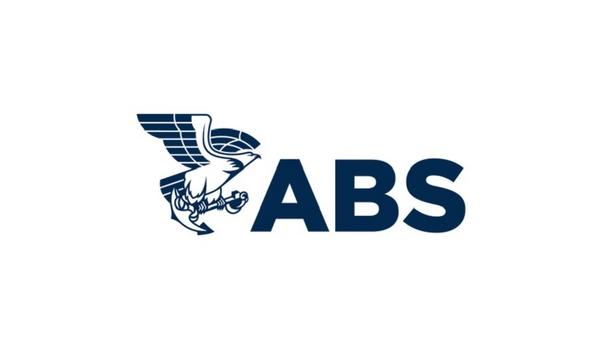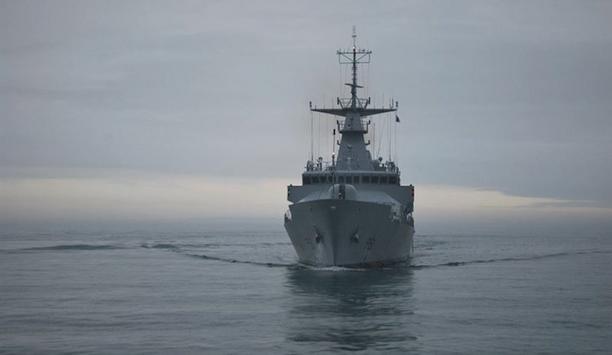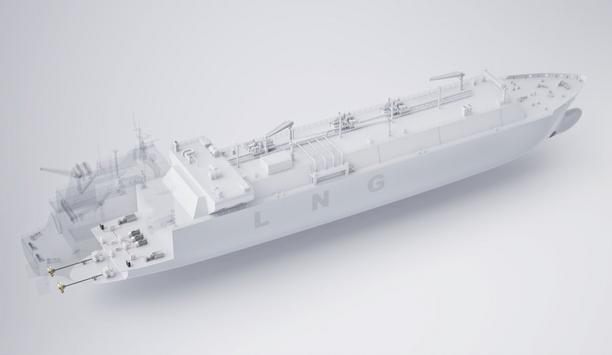ClassNK has awarded an approval in principle (AiP) for the design of a prismatic ammonia fuel tank (IMO Type B independent tank) for container ships developed by the Planning and Design Centre for Greener Ships (GSC).
Ammonia is expected to be used as a marine fuel for shipping decarbonisation since it does not emit CO2 when combusted. However, its utilisation presents challenges, such as the risk of leakage and relatively low volumetric efficiency.
Shape of the storage space
While Type B tanks require a refined fatigue analysis, it is possible to use ordinary steel as the material for the structure of fuel storage holds space, except for the bottom part which is intended to be a partial secondary barrier, resulting in a reduction in the amount of steel for low-temperature service. Additionally, prismatic tanks offer superior volume efficiency compared to cylindrical tanks as they can be designed to fit the ship's hold.
Shape of the storage space for the tank has been simplified from the typical bench corners for container carriers
The Type B tank developed by GSC has been designed to ensure the safe storage of ammonia and to minimise the reduction in the number of cargo containers due to the placement of fuel tanks in consideration of operational needs.
Furthermore, the shape of the storage space for the tank has been simplified from the typical bench corners for container carriers, improving constructability and increasing the fuel volume.
Contributions to advanced initiatives
ClassNK carried out the design review of the tank based on Part GF of its 'Rules and Guidance for the Survey and Construction of Steel Ships' incorporating the IGF Code and 'Guidelines for Ships Using Alternative Fuels (Edition 2.1)'. Upon confirming it complies with the prescribed requirements, ClassNK awarded the AiP.
ClassNK will continue to make contributions to advanced initiatives toward decarbonisation, including safety assessments.










